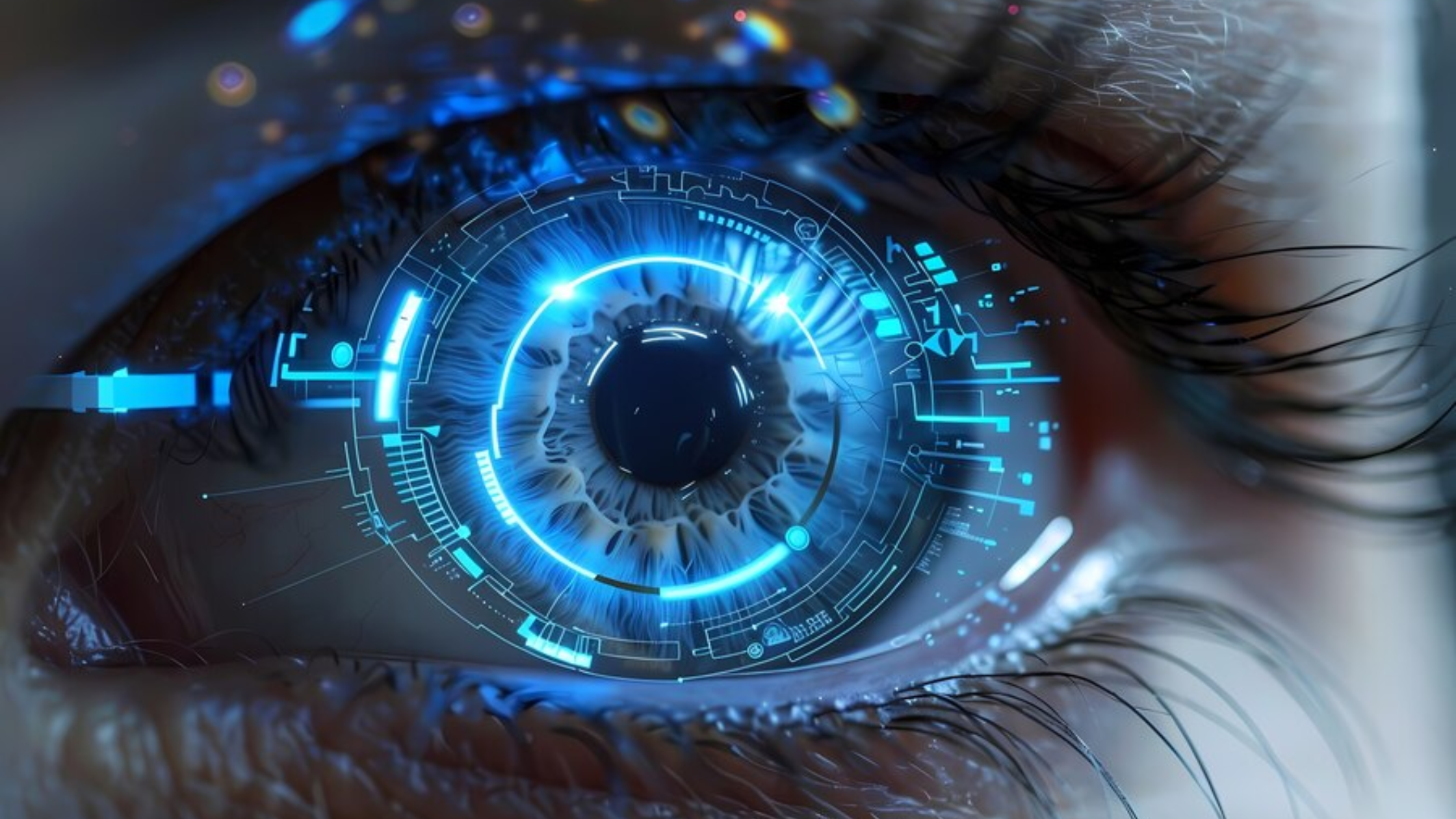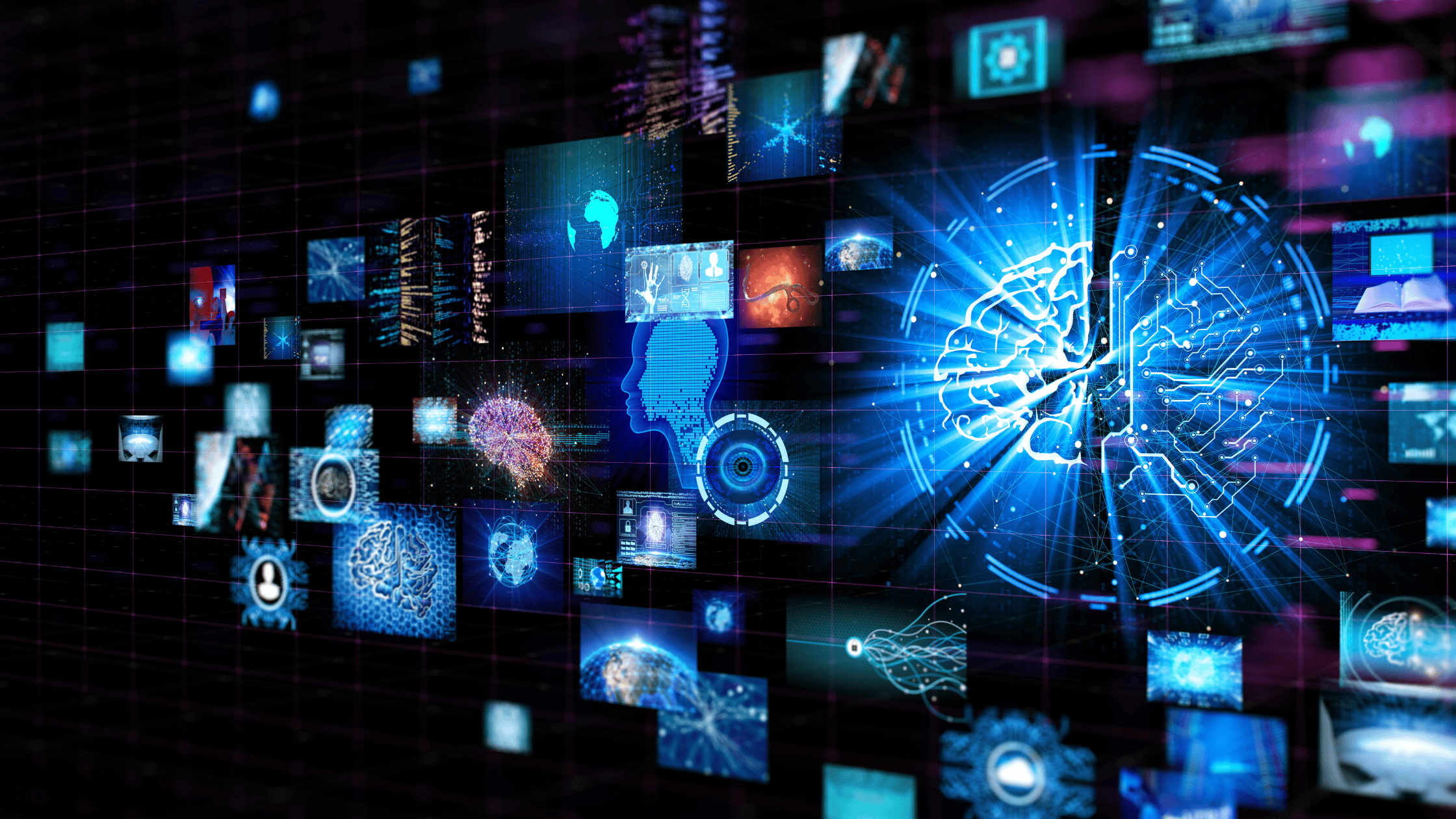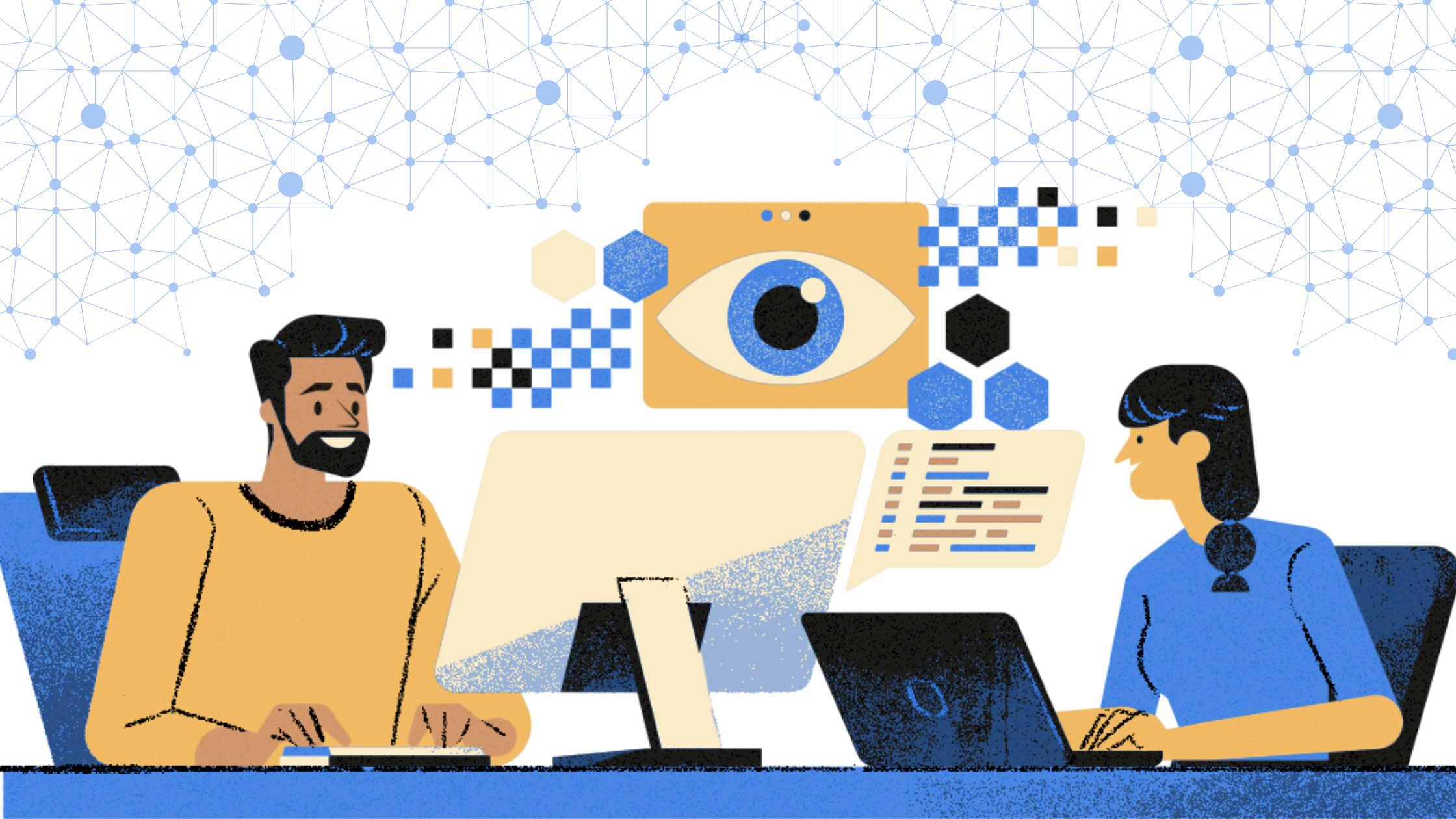Popular Computer Vision Tools in 2024 | AI Development Company in US

With the rise of artificial intelligence (AI) in 2024, the adoption of computer vision tools is set to accelerate exponentially. The global Computer Vision market is projected to reach a market cap of US$46.96bn by 2030.
Due to the technology’s capability to utilize algorithms, deep learning models, and convolutional neural networks to enable AI systems to derive meaningful insights from images, videos, and other visual inputs – and to make suggestions or take actions when an issue is noticed, the scope of computer vision tools expands across industries such as manufacturing, healthcare, security, automotive, etc.
However, with multitudes of computer vision tools, software libraries, frameworks, and platforms available, finding a solution that best fits your business’s computer vision tasks can be a hassle.
In this blog, we have made a list of the most popular computer vision tools and their use cases to help you have clarity while choosing the right solution for your business.
12 Most Popular Computer Vision Tools in 2024:
1. OpenCV
OpenCV is widely regarded as one of the premier tools for computer vision, primarily due to its robust object detection capabilities that significantly enhance visual perception. Moreover, OpenCV stands out as a leading open-source library for computer vision and image processing, supporting multiple programming languages such as Java and C++. Its application functions include landmark detection, facial recognition, and object tracking.
Use Case: Widely used in robotics, augmented reality, and quality inspection systems for its open-source image processing and machine learning capabilities.
Pros: Versatility, continuous updates, and optimizations.
Cons: Lower-level API might require more coding expertise.
Website: OpenCV
2. TensorFlow
Managed by Google, TensorFlow is an end-to-end open-source machine-learning platform. It is recognized for its security and user-friendly interface. With its extensive library of pre-trained models and frameworks, it also accommodates traditional machine-learning tasks, making it highly versatile. TensorFlow’s superiority in training modules further solidifies its position as a preferred choice in computer vision.
Use Case: Widely used in industrial automation for computer vision and deep learning applications.
Pros: Strong community support and an extensive library of pre-trained models.
Cons: Compared to some other tools, it has a steeper learning curve.
Website: TensorFlow
3. Clarifai
Clarifai is an end-to-end enterprise AI platform that allows developers to create and deploy AI solutions at scale. It is known for its advanced machine-learning models and visual recognition capabilities, such as identifying complex patterns in images and videos. Additionally, Clarifai’s customizable API allows developers to tailor solutions for specific business needs.
Use Case: Clarifai is popular among e-commerce and digital marketing firms for identifying complex patterns in images and videos.
Pros: Advanced machine-learning models, customizable API.
Cons: Cost might be a consideration for smaller businesses.
Website: Clarifai

4. CUDA
CUDA is a parallel computing platform and API that enables software to utilize certain types of GPUs for accelerating general-purpose processing. It is included in this list due to its ability to accelerate neural network training and deep-learning algorithms, particularly when paired with GPUs. This can be very helpful when building computer vision solutions. Additionally, NVIDIA’s ongoing efforts to develop hardware solutions that enhance CUDA’s performance in accelerated computer vision applications further highlight its potential.
Use Case: CUDA is used for speeding up the process of training deep neural networks, and running scientific simulations requiring intensive numerical computations.
Pros: It accelerates computations and can scale well with the number of GPU cores.
Cons: CUDA is limited to NVIDIA GPUs, which restricts its deployment to systems equipped with compatible hardware.
Website: CUDA
5. PyTorch
PyTorch is an open-source machine learning (ML) framework based on the Python programming language and the Torch library. It stands out for its user-friendly interface and dynamic computational graph, making it ideal for rapid prototyping and research in computer vision. Its adoption by leading research institutions and tech giants underscores its capabilities in image classification and natural language processing tasks.
Use Case: Ideal for research in image classification and natural language processing.
Pros: User-friendly interface, dynamic computational graph.
Cons: It requires more memory compared to some other platforms, like TensorFlow.
Website: PyTorch
6. YOLO
YOLO is a real-time object detection system. It is indispensable in applications requiring quick decision-making based on visual data. YOLO surpasses traditional methods like R-CNN and SSD by achieving accurate object detection in a single pass. Its efficiency in real-time applications, such as autonomous driving, underscores its effectiveness in scenarios requiring immediate decision-making based on visual data.
Use Case: Essential in autonomous vehicles and surveillance systems for real-time object detection.
Pros: Highly efficient in detecting multiple objects in a single frame.
Cons: May sacrifice some accuracy for speed in certain applications.
Website: YOLO
7. Amazon Rekognition
Amazon Rekognition is a cloud-based visual analysis service by Amazon. It remains a go-to solution for enterprises leveraging cloud-based computer vision services. Its scalable, pre-trained, and customizable computer vision APIs enable businesses to integrate facial analysis, content moderation, and object tracking capabilities into their applications with ease.
Use Case: Enterprises use Rekognition for facial analysis, content moderation, and object tracking via scalable cloud-based APIs.
Pros: Scalable and easy to integrate with the AWS ecosystem.
Cons: Costs can scale with usage.
Website: Amazon Rekognition
8. IBM Watson Visual Recognition
Powered by AI, the IBM Watson Visual Recognition service excels at understanding and classifying visual content such as images and videos. You can use it to turn images into actionable data with your applications. Its enterprise-grade features, including custom model training and metadata extraction, cater to diverse sectors such as healthcare, agriculture, and manufacturing.
Use Case: IBM Watson recognition can analyse medical images such as X-rays, MRIs, and CT scans to assist healthcare professionals in interpreting medical data.
Pros: Enterprise-grade features, and AI-powered capabilities.
Cons: Integration complexity in non-IBM environments.
Website: IBM Watson Visual Recognition

9. Microsoft Azure Computer Vision
Azure Computer Vision offers a comprehensive suite of tools for image analysis, OCR (optical character recognition), and video understanding. Its cognitive services API facilitates seamless integration with Azure cloud infrastructure, supporting industries from retail to media and entertainment.
Use Case: Retail chains can use Microsoft Azure Computer Vision for automated checkout and real-time inventory management in retail stores.
Pros: Seamless integration with Azure infrastructure, strong cognitive services API.
Cons: Azure-specific learning curve for new users.
Website: Microsoft Azure Computer Vision
10. Google Cloud Vision API
Google Cloud Vision API leverages Google’s machine-learning capabilities to provide accurate image analysis and classification. Its support for powerful image annotation and content moderation makes it an ideal choice for applications requiring precise visual insights.
Use Case: E-commerce applications use Google Cloud Vision API to leverage Google machine-learning capabilities for image recognition.
Pros: Accurate image annotation, and powerful visual insights.
Cons: Dependency on Google Cloud ecosystem.
Website: Google Cloud Vision API
11. NVIDIA DeepStream
NVIDIA DeepStream excels in video analytics and real-time processing, particularly in sectors like smart cities, healthcare, and industrial automation. Its GPU-accelerated framework ensures high-performance computing for complex visual tasks.
Use Case: Automated industrial inspection, and real-time object detection in autonomous vehicles.
Pros: GPU-accelerated, high-performance computing.
Cons: Hardware dependency on NVIDIA GPUs.
Website: NVIDIA DeepStream

12. Cognex VisonPro
Cognex VisionPro offers industry-leading computer vision software tailored for manufacturing applications. Its robust toolset for inspection, guidance, and identification enhances product quality and operational efficiency across assembly lines worldwide.
Use Case: Utilized for high-performance machine vision applications, enabling tasks like quality inspection in industries such as manufacturing.
Pros: Specialized tools for inspection and guidance.
Cons: Industry-specific focus limits broader application
Website: Cognex VisionPro
We hope this blog proves helpful in your search for the best computer vision tools. As you explore these technologies and look for AI development and Computer Vision service companies in the US, Canada, and Australia, AlignMinds stands ready to elevate your projects with advanced AI and computer vision solutions.
Unlock the power of visual data analysis with our expertise in the object, facial recognition, real-time video analytics, and customized AI consulting services tailored to your business needs across the US, Canada, and Australia.
Connect with us today to learn more.
Comments
Post a Comment